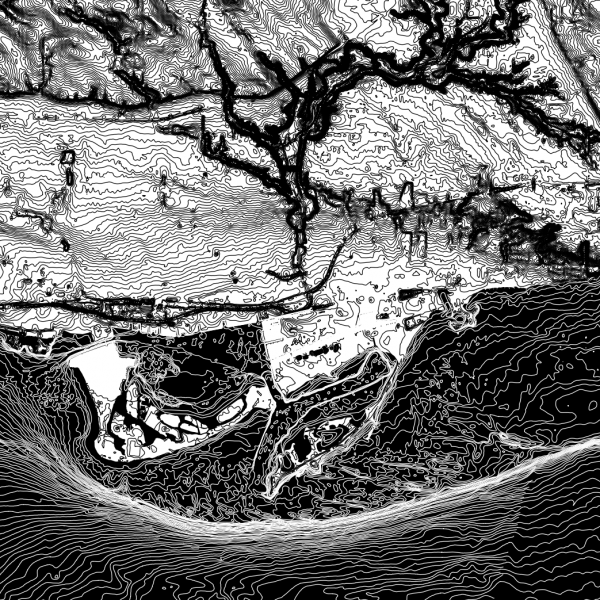Stitching the Fabric:
Connectivity Strategies for Identified Gaps in Toronto's Ravines
Vincent Racine, graduate student in the Master of Planning in Urban Development at Ryerson University and research assistant at the Ecological Design Lab examined landscape connectivity strategies for the ravine system in the City of Toronto, CA. A workshop with natural environment specialists from the City of Toronto was organized to gather practitioner-based information as to which gaps should be prioritized in the ravine system. This GAP Analysis was complemented with a Geographic Information System (GIS) – based buffer analysis looking at connectable green spaces in close proximity to Environmentally Significant Areas (ESAs). Based on both the workshop and GIS analysis, 16 gaps were investigated through which 4 typologies were created: Public ANTHRO|fragments, Private ANTHRO|fragments, Public ECO|fragments, and Private ECO|fragments. Interviews were then conducted with professionals from comparator cities: Edmonton (CA), Vancouver (CA), Minneapolis (US), Copenhagen (DK), and Stockholm (SW) to compare into how waterfront cities use policies, partnerships and design interventions to connect waterfront public lands. Based on interviews and additional policy scans, connectivity strategies were created for all 4 typologies as a means to improve landscape connectivity in the City of Toronto.

